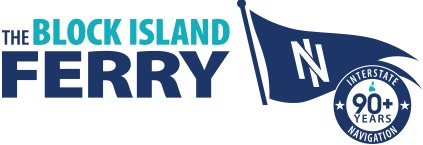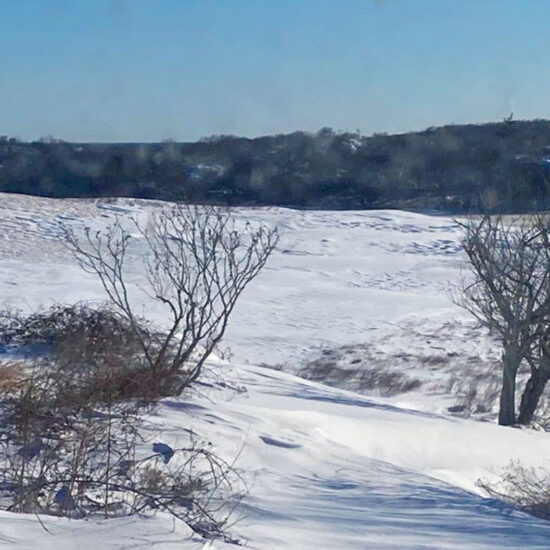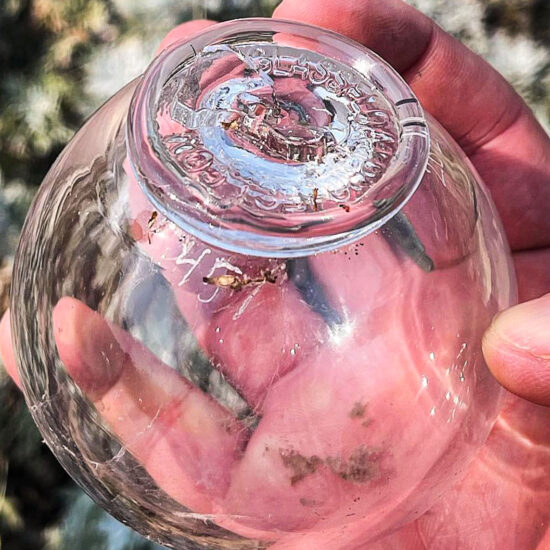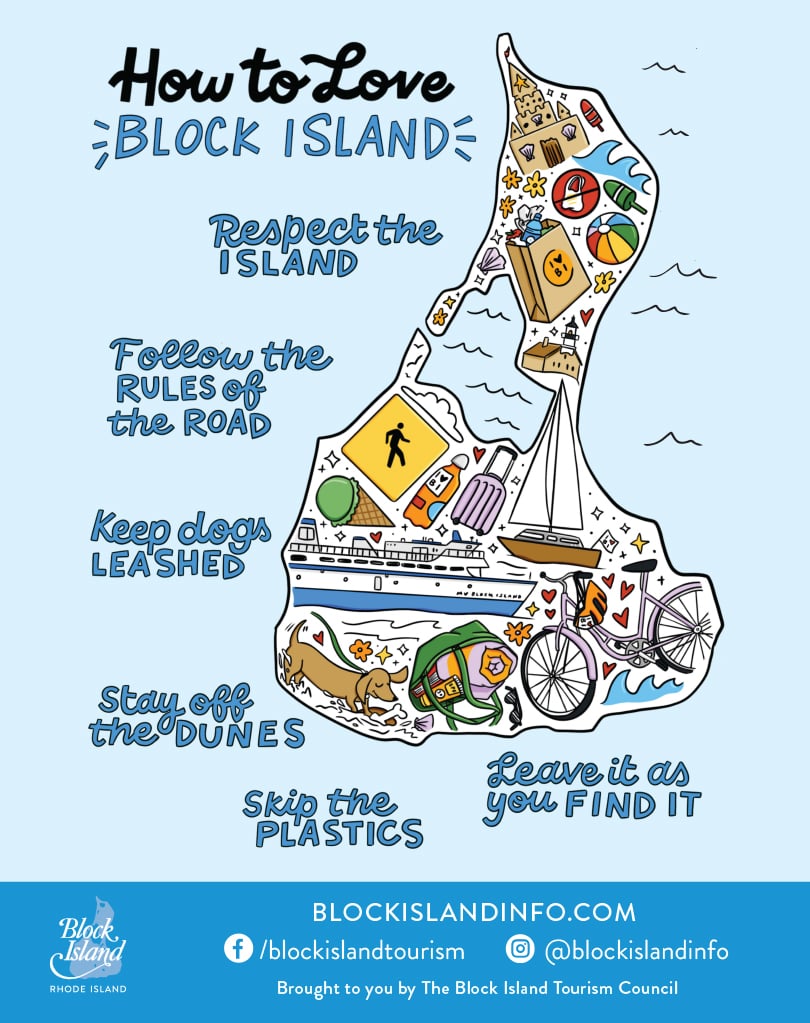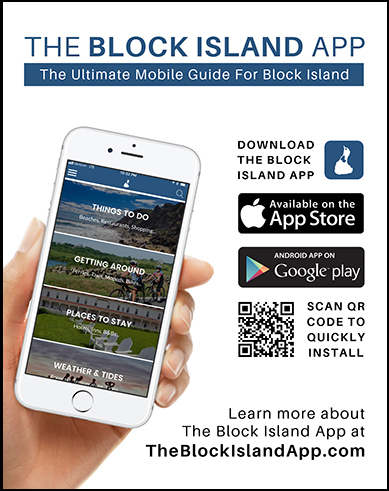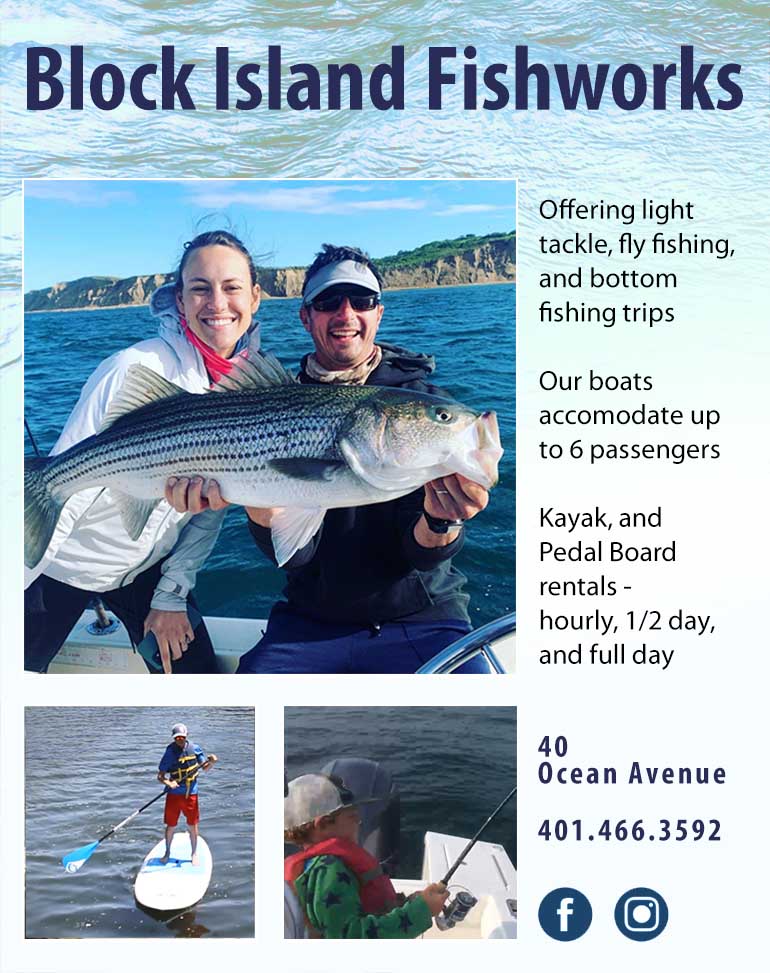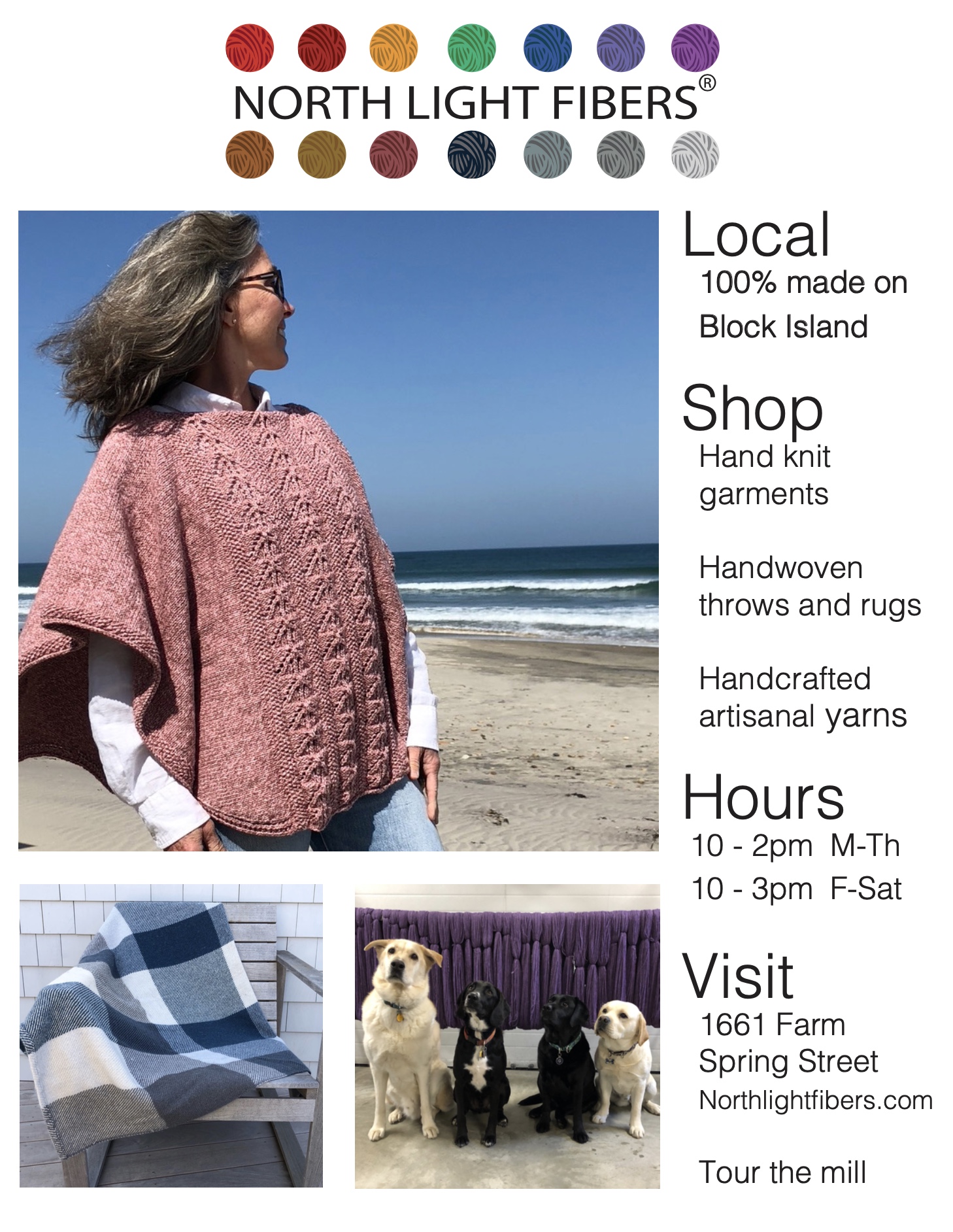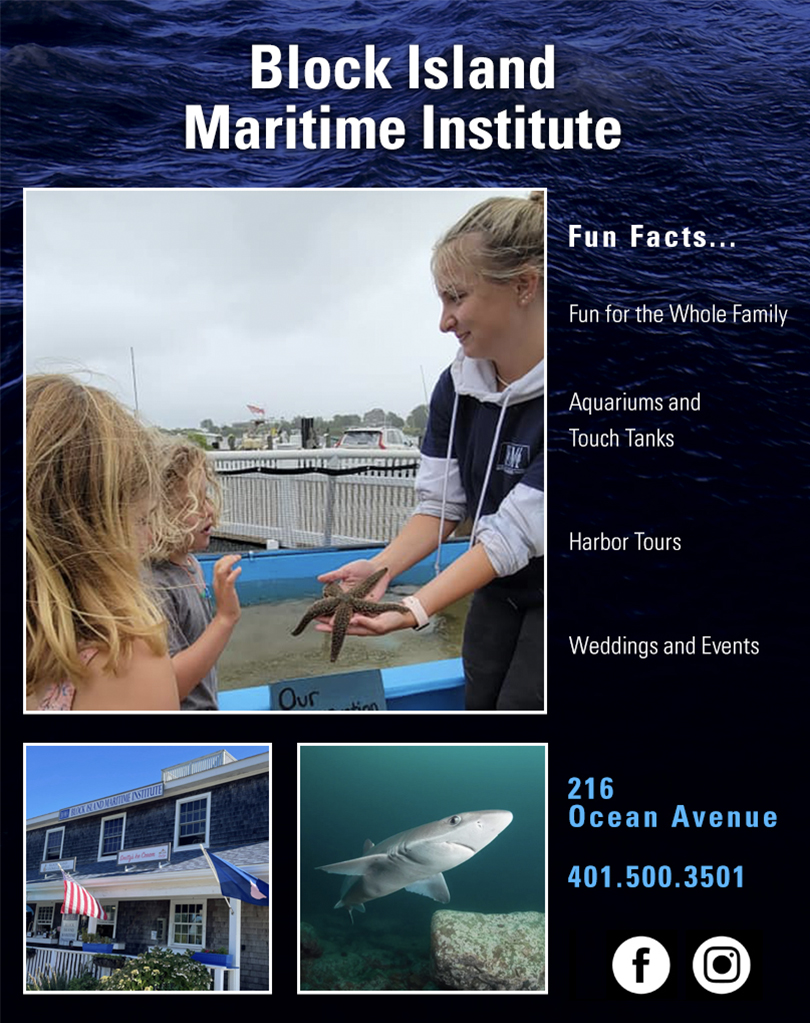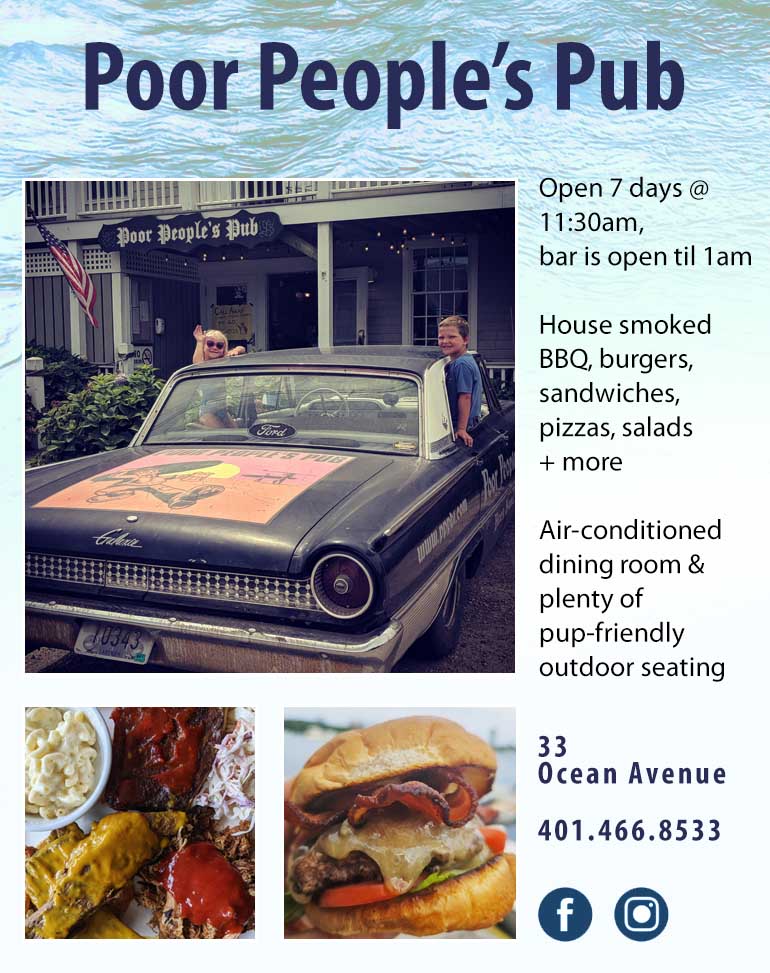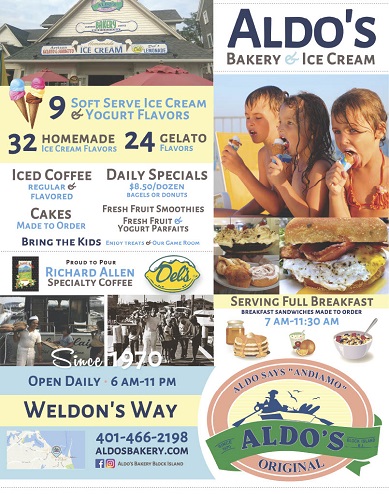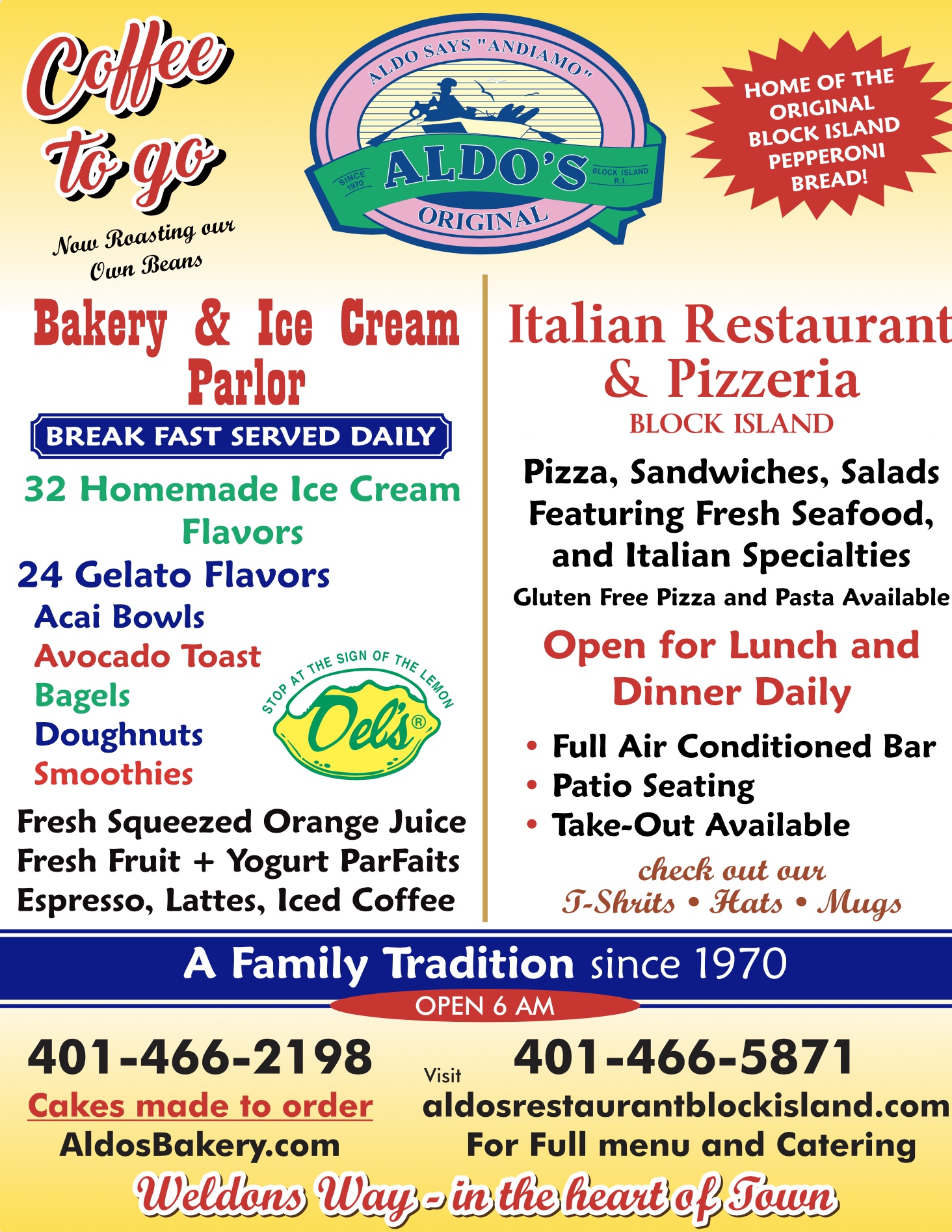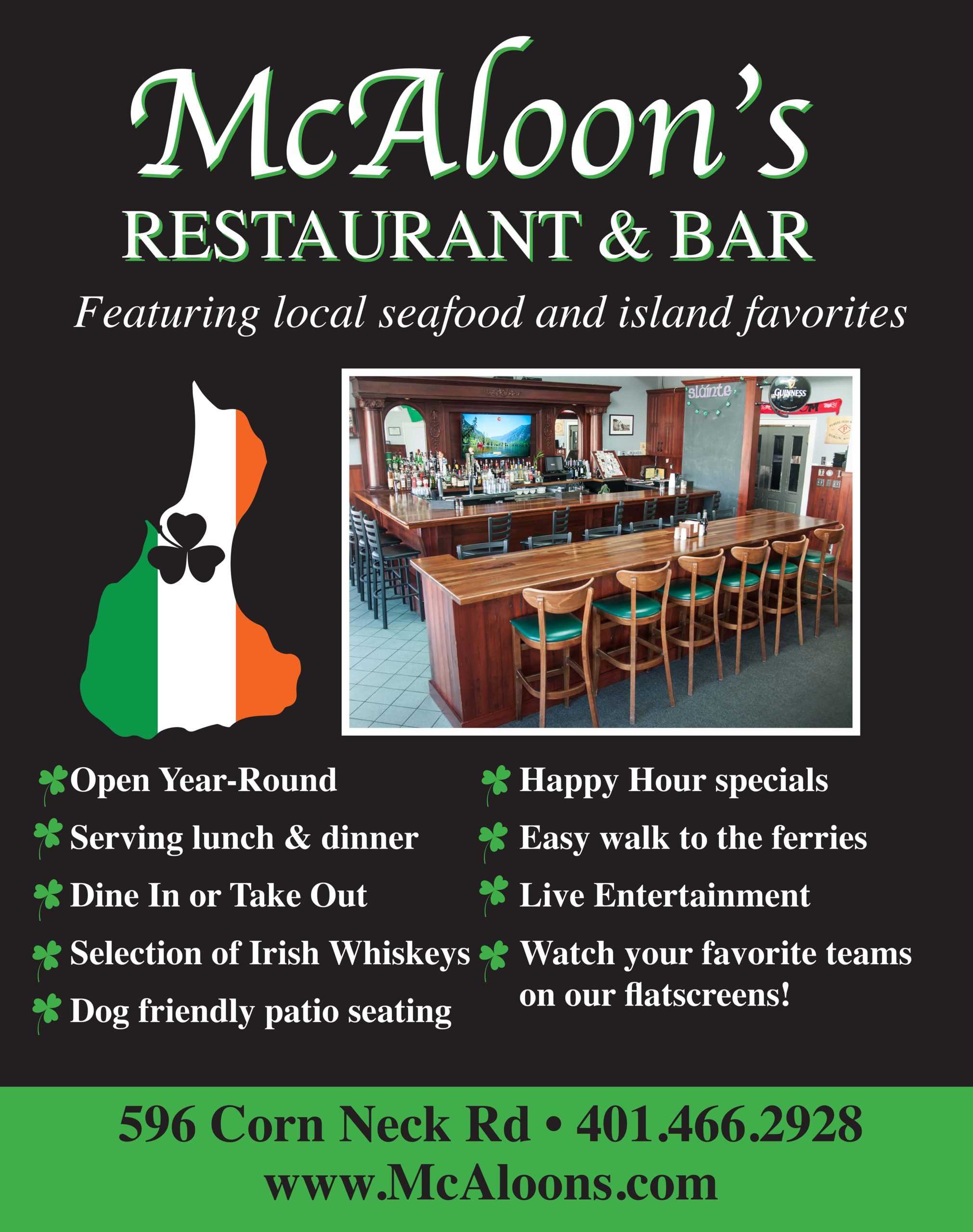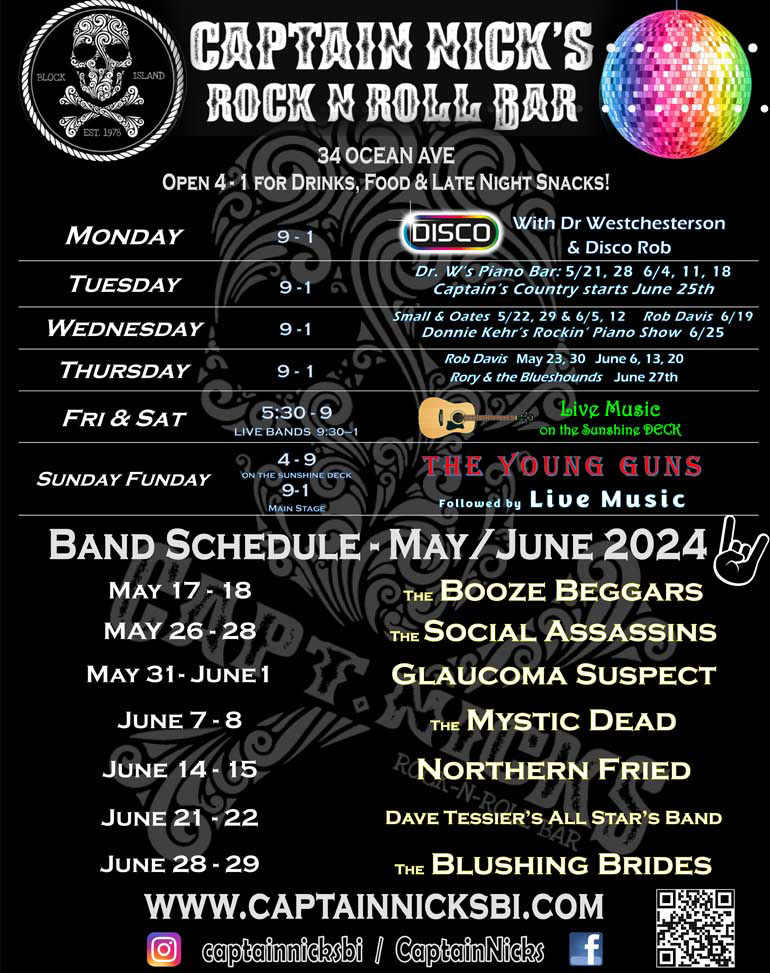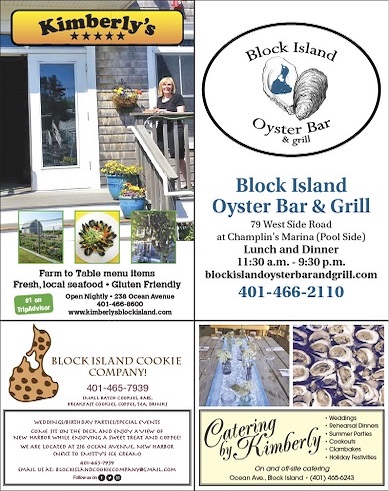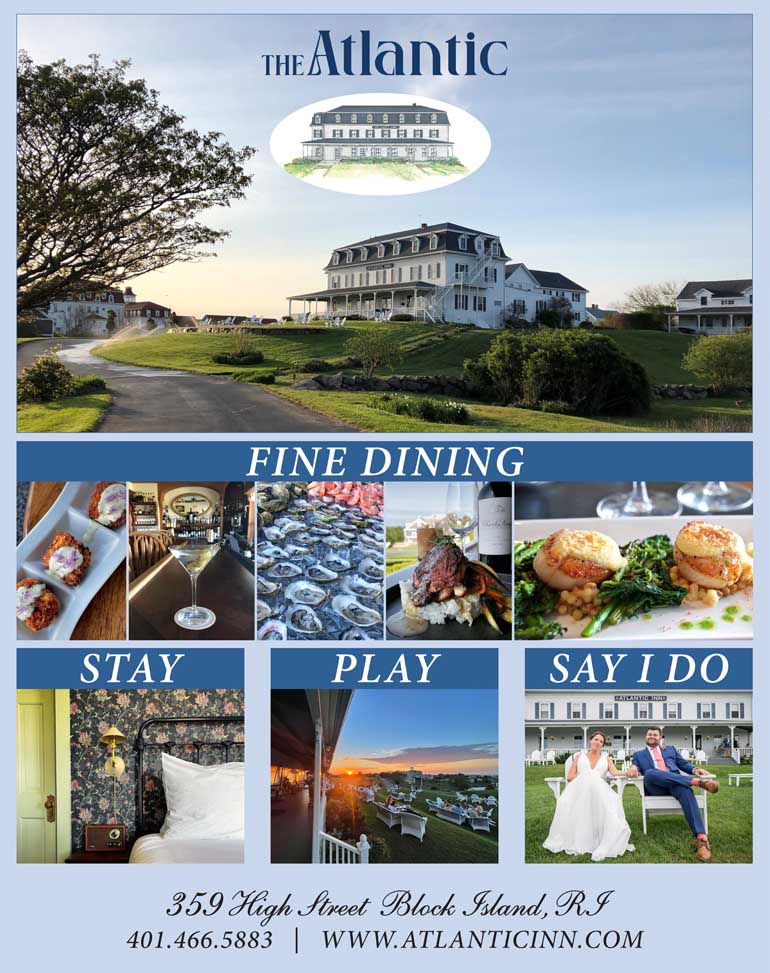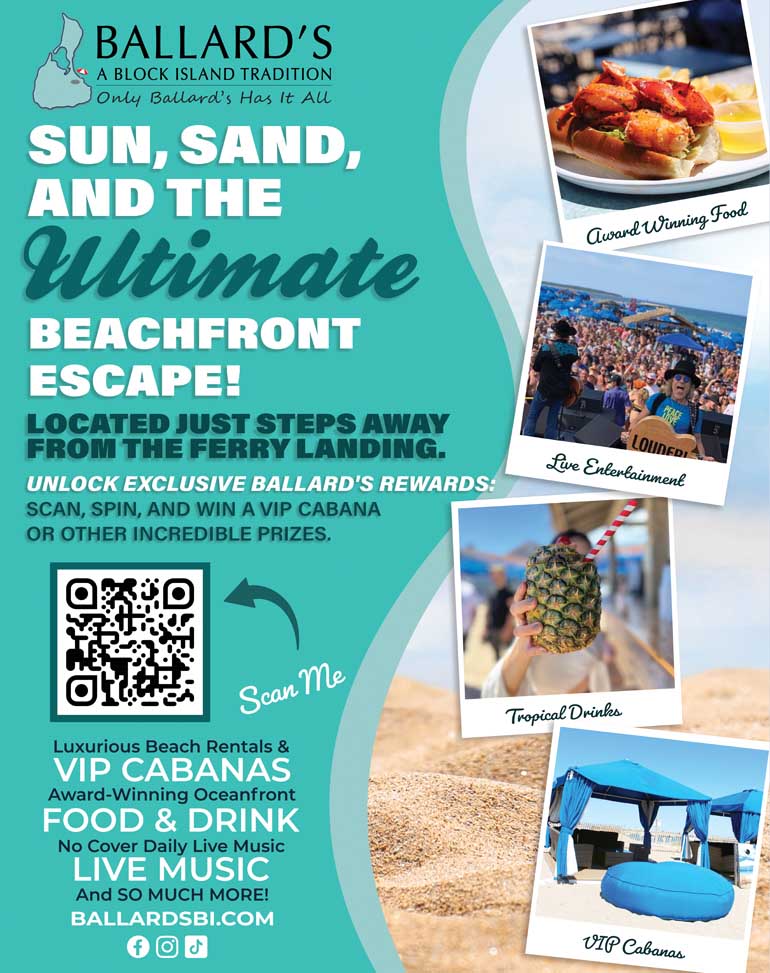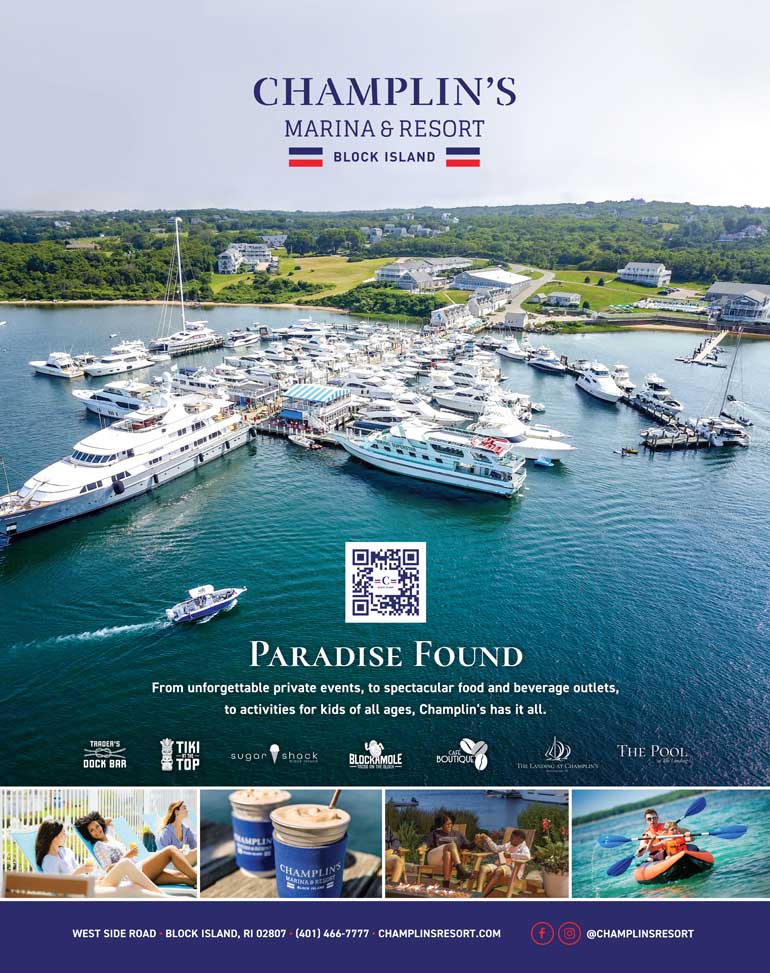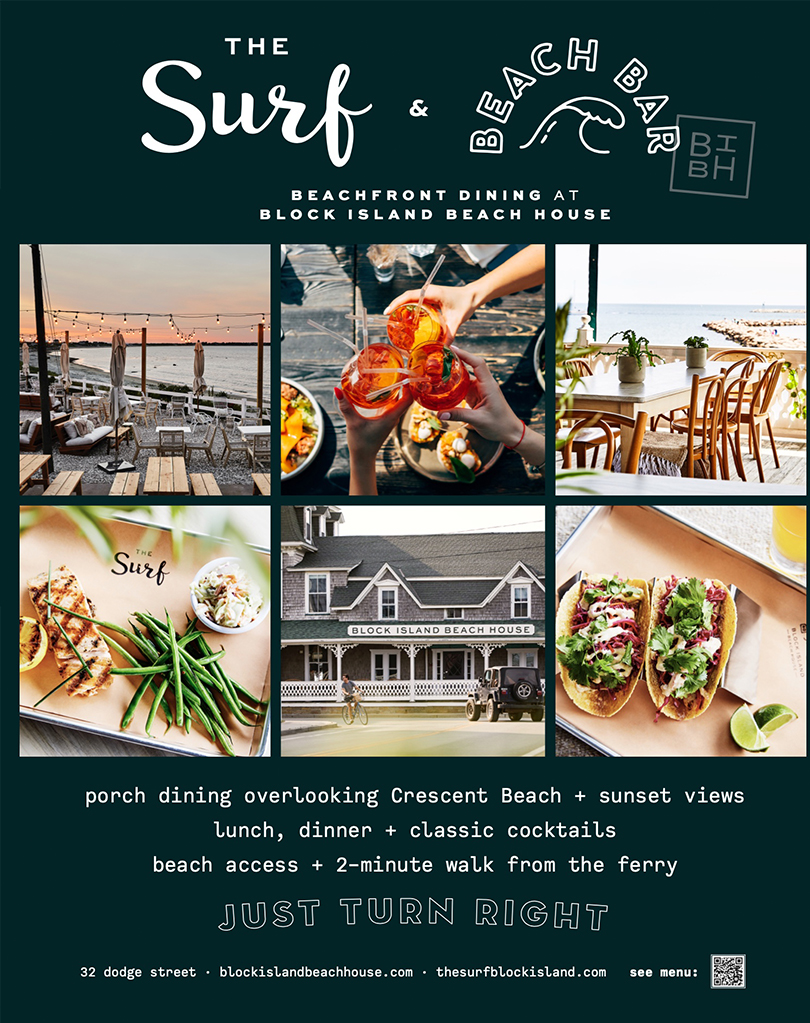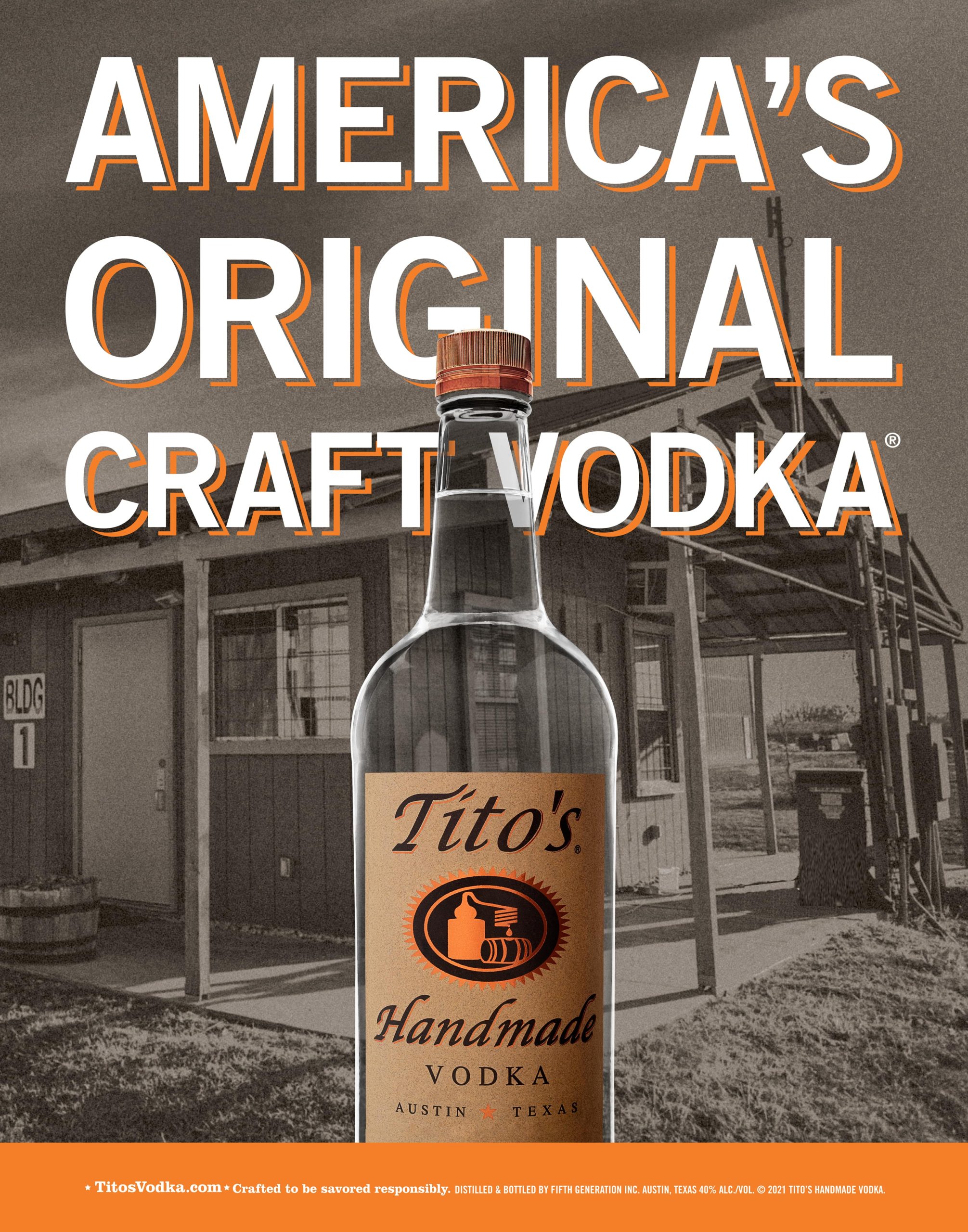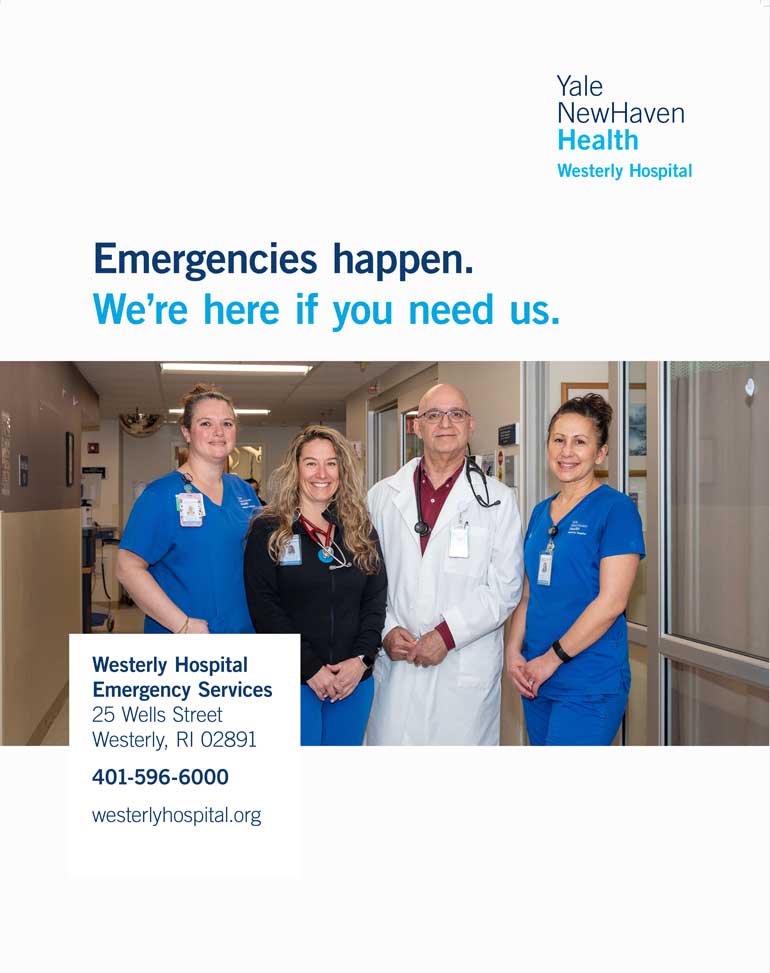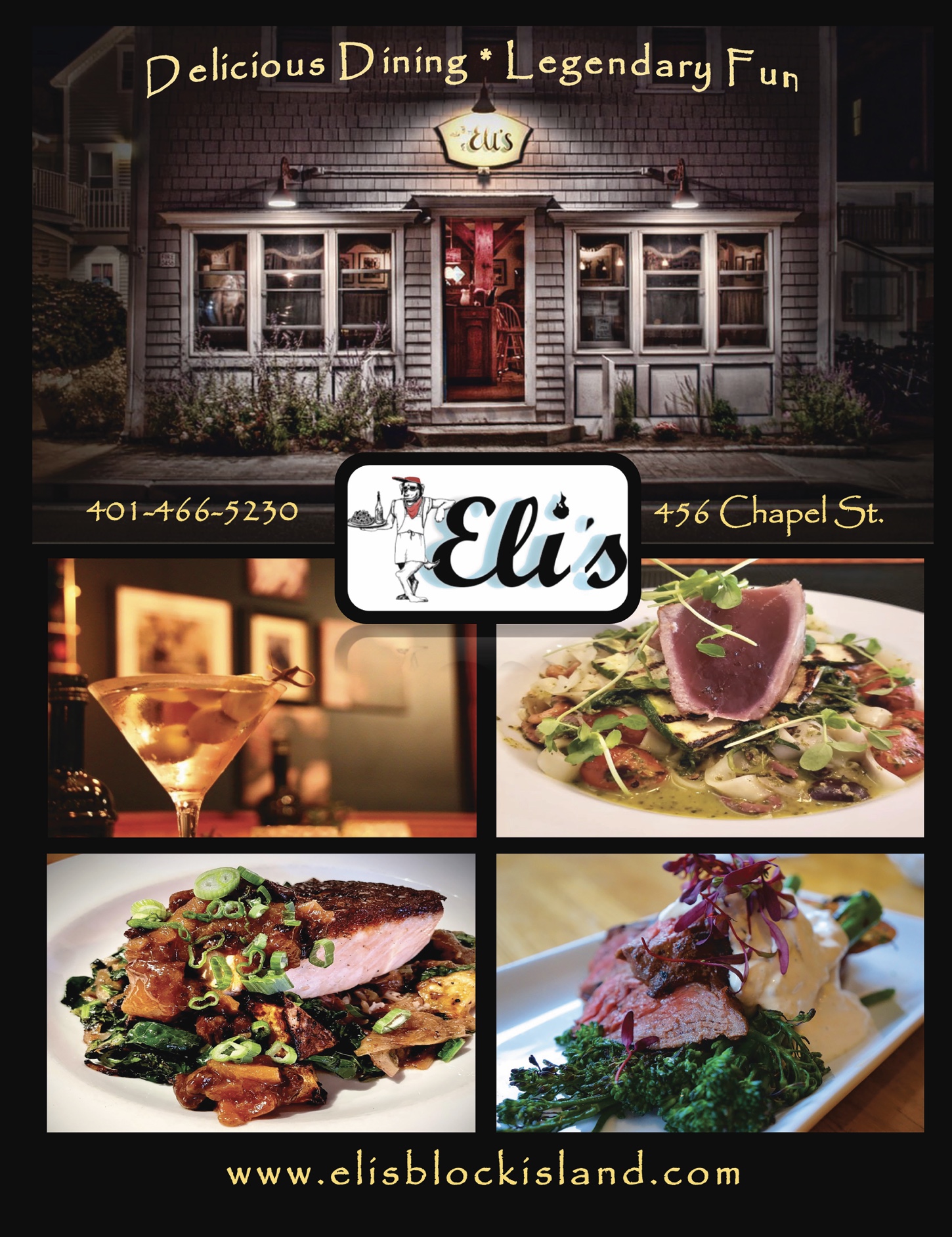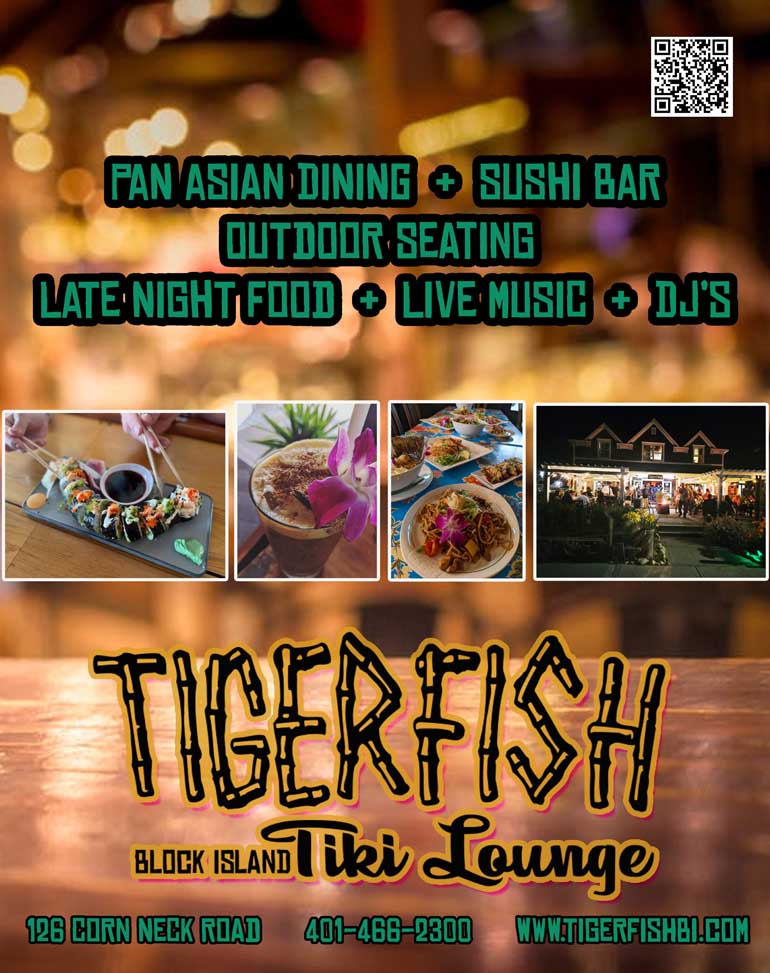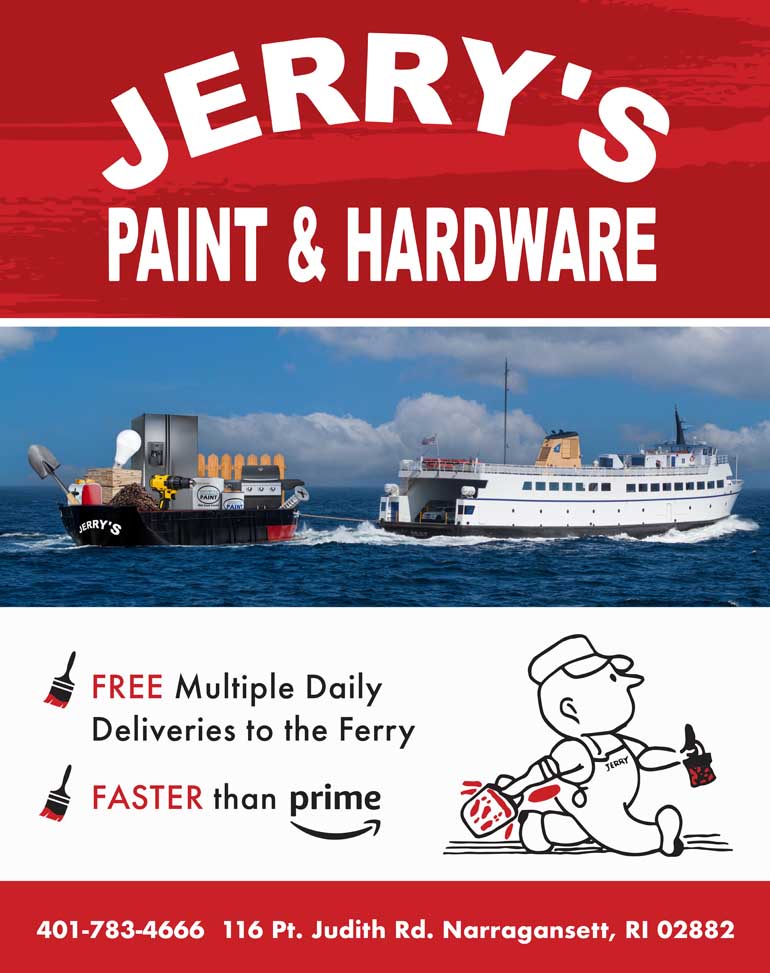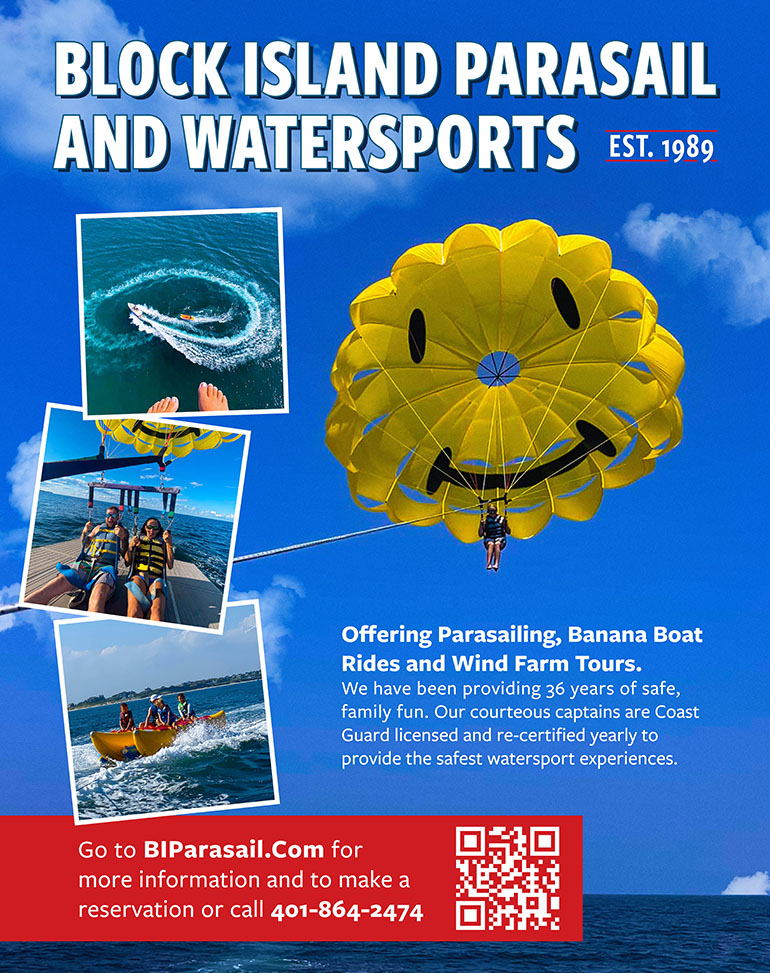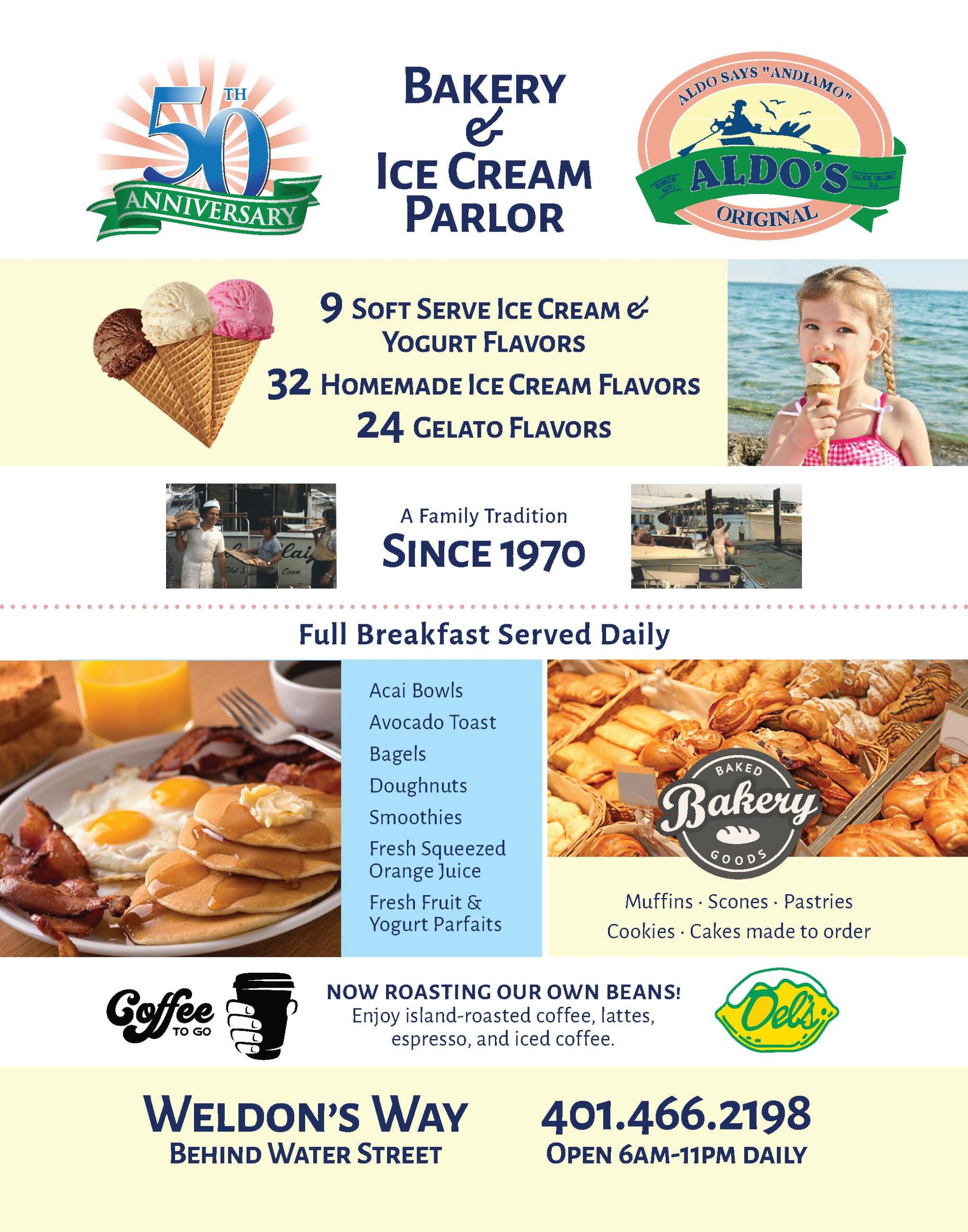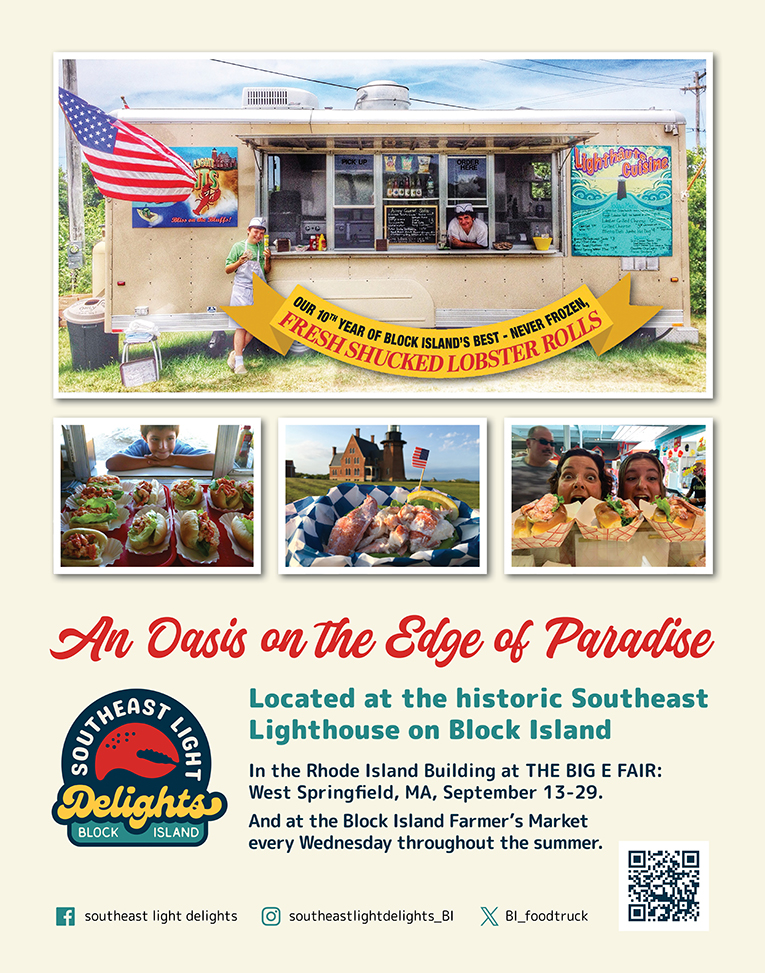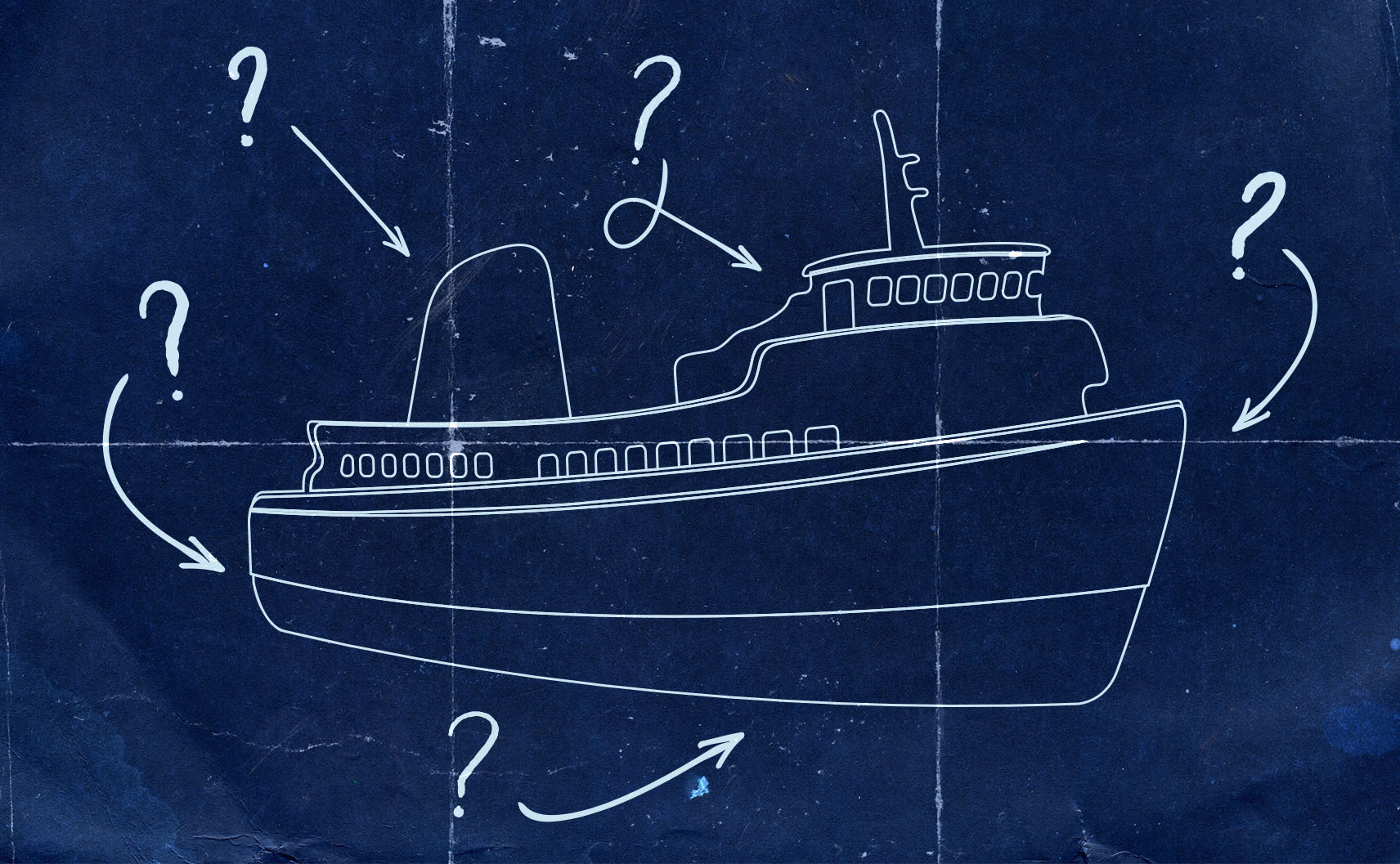
A Land Lubber’s Guide to Ship Parts
One of the advantages of taking a trip on the Block Island Ferry is the ride is taken care of for you. You get on and get off. Without a ferry you would have to spend a ridiculous amount of money on a boat, figuring out how to use said boat, and know how to navigate your way to the island.
Even though becoming a sailor is not in your future, that’s not to say that you shouldn’t acquire some maritime knowledge. Have you ever heard a nautical term and asked yourself, “What does that mean?”
Luckily for you, we’ve put together a quick and easy primer on some basic ship terms that will help you make your way around the ship. You may not be an old salt, but you’ll sound a little less like a land lubber!
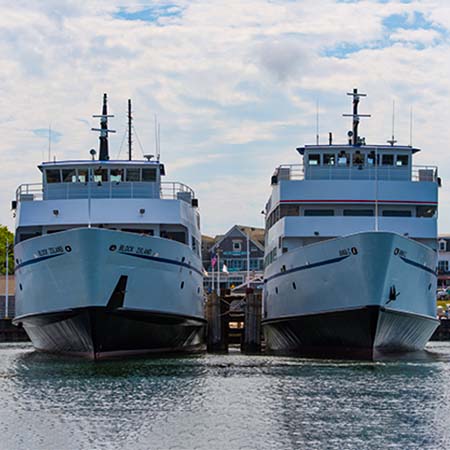
Bow: The front of the ship. The easy way to remember this is that it’s shaped like the curve of an archer’s bow.
Stern: The back of the ship. The easy way to remember this is to image a stern soldier standing straight at attention like the straight back of the boat.
Port: The left side of the ship. The easiest way to remember this is that the words “port” and “left” both have 4 letters.
Starboard: The right side of the ship. There’s no trick to remembering this. Use the process of elimination, I guess…
Fore: Towards the front of a ship. It is before you.
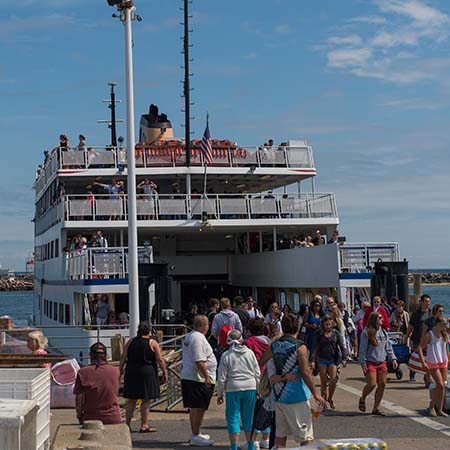
Aft: Towards the back of a ship. It is after you.
Roll: When you’re getting nauseous because the horizon is tilting side-to-side, this is the rocking motion from port to starboard.
Pitch: When you’re getting nauseous because you’re seeing the sky and then the water, this is the up-and-down rocking motion from bow to stern.
Wash: The waves that come off the back of a ship while in motion.
Wake: The turbulence due to the waves that come off the back of a ship while in motion. Or the disaster area your child leaves after entering a clean room.
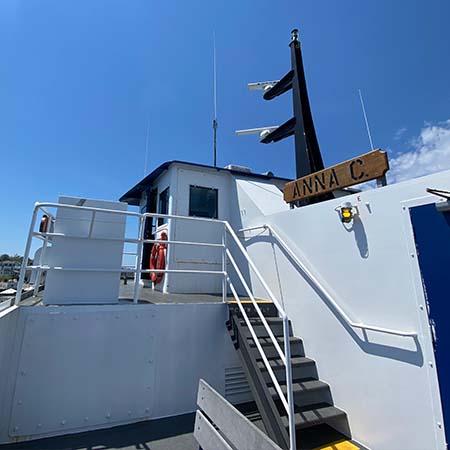
Bridge/Helm: Where all the magic happens. This is where the captain and first mate pilot the ship.
Keel: The wedge-shaped portion at the bottom of the ship. The shape not only helps it stay upright but allows the boat to cut through the water more easily.
Screw: The propeller of the ship. While there are several different types of propellers (plane, wind turbines, etc.), the screw propeller is the one widely used by marine vehicles.
Bulkhead: The sturdy walls within a ship.When you’re on the ferry, have you ever noticed the heavy doors between different sections? These along with the bulkhead help create watertight areas in case of emergencies.
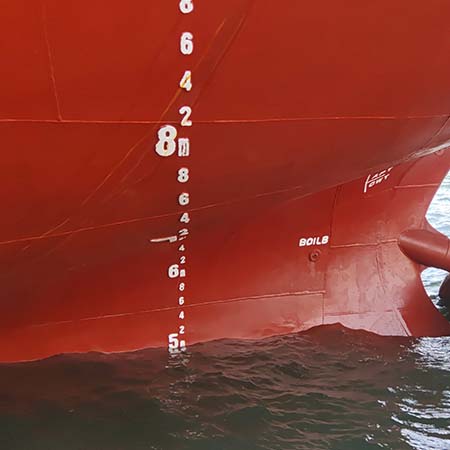
Draft: The more stuff loaded onto a ship, the more it gets pushed into the water. Draft is how much of the ship’s hull is under water. If you ever see a really big ship, be sure to keep any eye out on the waterline. Some have rulers, called draft lines, that show how deep the ship is being pushed down.
Head: The toilet. It’s named the head because, in olden times, the holes in which you relieved yourself were at the front (head) of the ship to allow your… deposits… to be washed away by the waves.
Mess: Where you sit down and eat on a ship. It’s not called this because your meal will fall on the floor in rough weather. Rather, it comes from the French word mes meaning “a portion of food.”
Red Right Return: Have you ever noticed the green and red lights on the front of boats? Those are signals to other ships about which direction they should pass each other: green (on the left) is where I’m going, red (on the right) is where you’re going. When they ferry is going back into port they return on the right side with the red light of other ships.
Hopefully this list as whet your appetite for more nautical knowledge. Dive in, there’s much more to learn!
Cast off the mooring line and Sail Away…
